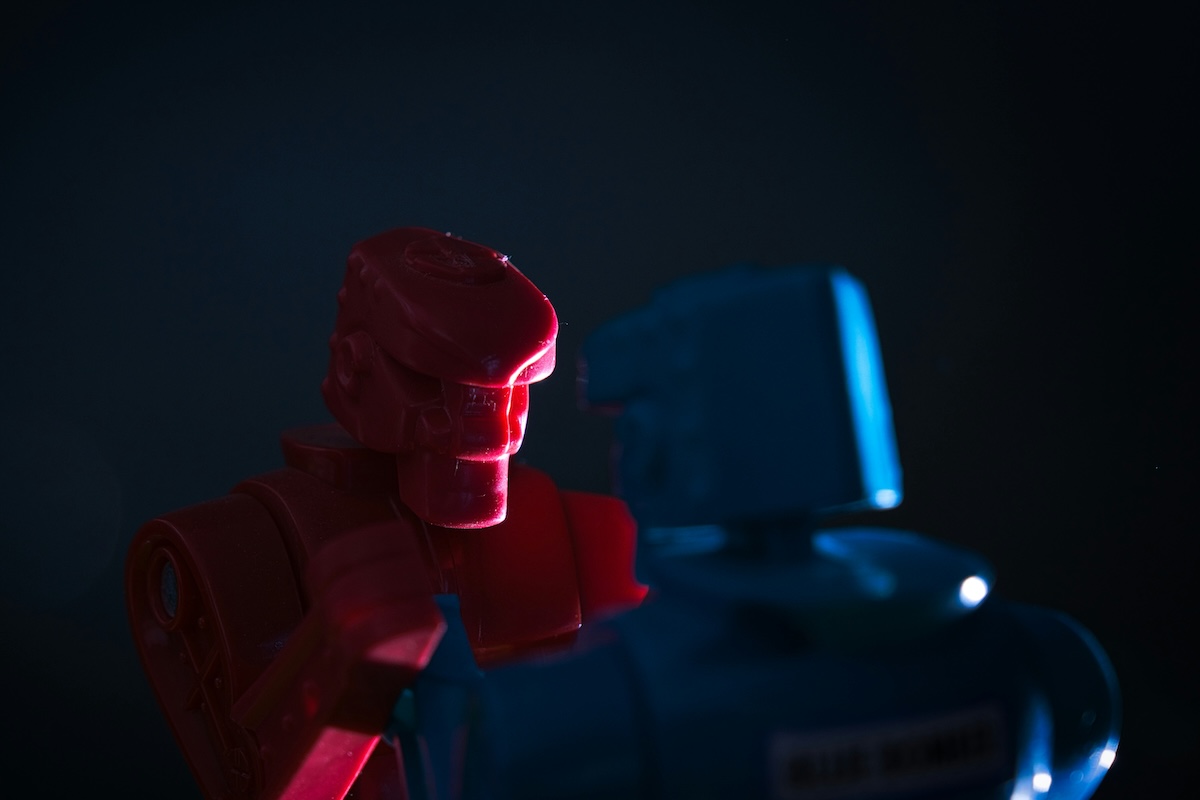

Yesterday, we looked at the jobs most at risk of being displaced by AI. The roles where Microsoft’s latest research found the strongest overlap between human tasks and what AI can already do.
That list was stacked with white-collar professionals: writers, translators, sales reps, and customer service workers, all exposed to real-world AI performance in their day-to-day tasks.
Today, we’re flipping the coin for some good news (I think).
Using the same Microsoft Research data (based on 200,000 anonymised Bing Copilot conversations) we’re looking at the jobs that are least likely to be automated. These are the occupations where AI still struggles to assist, let alone replace, and where human labour, judgment or presence remains essential.
By analysing which occupations have the least overlap with AI-performable tasks, the study identifies the jobs least likely to be automated — the ones where AI either can’t help much, or can’t help at all.
AI performs best with digital, repeatable, text-based tasks. But many jobs involve manual labour, physical presence, or human interaction that AI simply can’t replicate (yet). That’s where the risk of displacement is lowest.
| Job Title | Why AI can't replace them (yet) |
|---|---|
| Massage Therapists | Hands-on physical care, human sensitivity required. |
| Dishwashers | Manual cleaning tasks AI can’t physically perform. |
| Roofers | High-risk outdoor work requiring dexterity and judgment. |
| Nursing Assistants | Direct patient care with emotional and physical labour. |
| Truck and Tractor Operators | Heavy equipment operation not handled by language models. |
| Water Treatment Plant Operators | Monitoring complex physical systems on site. |
| Cement Masons and Concrete Finishers | Precision physical tasks in real-world environments. |
| Helpers – Roofers / Production Workers | On-site manual labour — no keyboard in sight. |
| Gas Plant Operators | Safety-critical, location-bound systems work. |
| Dredge Operators | Specialised equipment and unpredictable environments. |
While none of these roles are immune to broader automation trends (especially robotics or computer vision), they remain outside the scope of what large language models can handle. Microsoft’s Copilot data shows virtually no task overlapfor these occupations — and even when someone tries to use AI for them, it doesn’t go far.
Jobs that involve people, hands, or physical environments — especially in health care, infrastructure, and skilled trades — are, for now, AI-resistant.